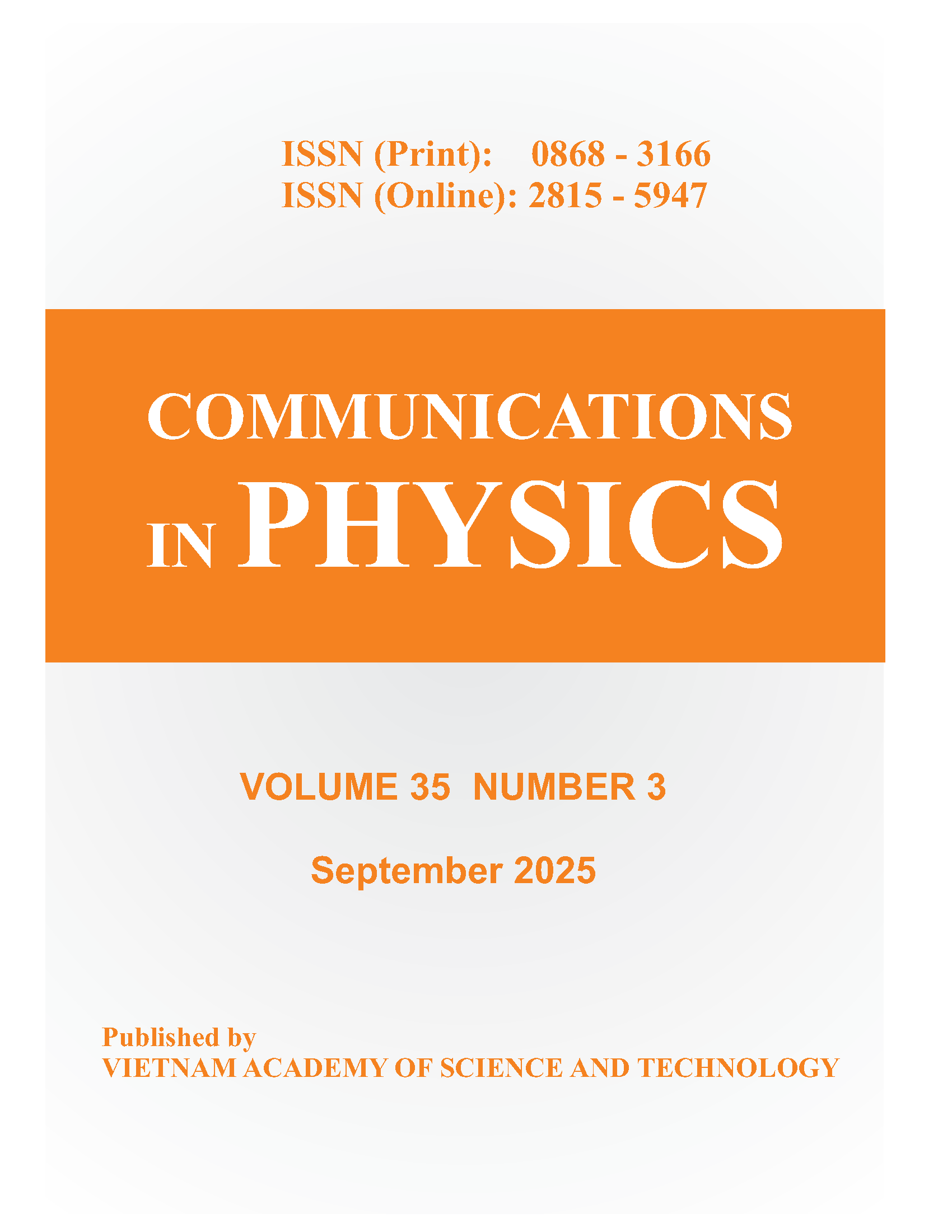Testing the \(f(R)\)-theory of Gravity
Author affiliations
DOI:
https://doi.org/10.15625/0868-3166/29/1/13192Abstract
A procedure of testing the \(f(R)\)-theory of gravity is discussed. The latter is an extension of the general theory of relativity (GR). In order this extended theory (in some variant) to be really confirmed as a more precise theory it must be tested. To do that we first have to solve an equation generalizing Einstein's equation in the GR. However, solving this generalized Einstein's equation is often very hard, even it is impossible in general to find an exact solution. It is why the perturbation method for solving this equation is used. In a recent work \cite{Ky:2018fer} a perturbation method was applied to the $f(R)$-theory of gravity in a central gravitational field which is a good approximation in many circumstances. There, perturbative solutions were found for a general form and some special forms of \(f(R)\). These solutions may allow us to test an \(f(R)\)-theory of gravity by calculating some quantities which can be verified later by the experiment (observation). In \cite{Ky:2018fer} an illustration was made on the case \(f(R)=R+\lambda R^2\). For this case, in the present article, the orbital precession of S2 orbiting around Sgr A* is calculated in a higher-order of approximation. The $f(R)$-theory of gravity should be also tested for other variants of $f(R)$ not considered yet in \cite{Ky:2018fer}. Here, several representative variants are considered and in each case the orbital precession is calculated for the Sun--Mercury- and the Sgr A*--S2 gravitational systems so that it can be compared with the value observed by a (future) experiment. Following the same method of \cite{Ky:2018fer} a light bending angle for an $f(R)$ model in a central gravitational field can be also calculated and it could be a useful exercise.Downloads
Downloads
Published
How to Cite
Issue
Section
License
Communications in Physics is licensed under a Creative Commons Attribution-ShareAlike 4.0 International License.
Copyright on any research article published in Communications in Physics is retained by the respective author(s), without restrictions. Authors grant VAST Journals System (VJS) a license to publish the article and identify itself as the original publisher. Upon author(s) by giving permission to Communications in Physics either via Communications in Physics portal or other channel to publish their research work in Communications in Physics agrees to all the terms and conditions of https://creativecommons.org/licenses/by-sa/4.0/ License and terms & condition set by VJS.











